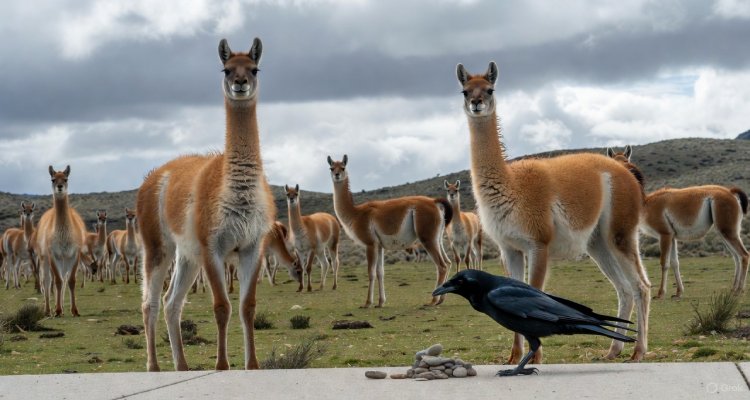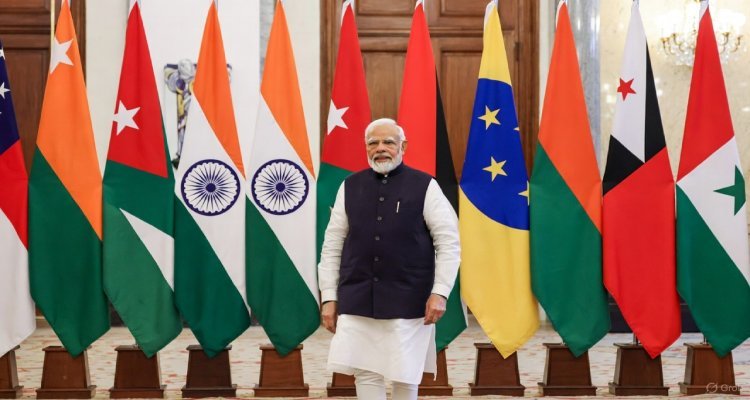Digital Pilgrimages: How Online Spaces Replace Sacred Journeys
Explore how digital pilgrimages are transforming sacred journeys, offering immersive spiritual experiences online and reshaping the future of religious connection in the digital age.
Introduction: A New Kind of Pilgrim
In the soft glow of computer screens, a modern form of pilgrimage is quietly unfolding. No dusty sandals, passport stamps, or long travels—yet millions are crossing virtual thresholds into sacred realms, guided by the tap of a screen. As faith adapts to a hyper-connected world, digital pilgrimages have emerged, fundamentally reimagining what it means to journey toward the sacred.mahimdargah+1
Context & Background: Sacred Journeys in a Connected Era
Traditionally, pilgrimages have been physical, sometimes arduous journeys to holy sites—Mecca for Muslims, Varanasi for Hindus, Jerusalem for Christians and Jews—symbolizing a deep spiritual quest and devotion. These journeys, often built over centuries, fostered not just individual transformation but powerful communal bonds.kpmg+1
However, as technology became increasingly central to daily life and the COVID-19 pandemic forced a radical rethink of gatherings, faith communities began leveraging digital tools to mimic the experience of travel to the sacred. Live-streamed prayers, 360-degree temple tours, and virtual rituals gained popularity, making spiritual exploration accessible from anywhere and to anyone with an internet connection.unipd-centrodirittiumani+2
Main Developments: The Rise of Virtual Sacred Experiences
The key shift has been the migration of spiritual rituals, pilgrimages, and religious interaction to online platforms. What began as an emergency response—livestreamed services, online darshans, and Zoom prayer circles—has now grown into an enduring, technologically enabled spiritual ecosystem.journals.sagepub+2
-
Virtual Reality Tours: Faithful can now immerse themselves in full 3D recreations of sites like the Vatican, the Kaaba, or Buddhist shrines, experiencing sacred art, architecture, and rituals in real time.educause+1
-
Live-streamed Ceremonies: Major religious events such as Ramadan prayers or Diwali pujas are now streamed globally, enabling meaningful participation for diaspora communities and the mobility-impaired.mahimdargah+1
-
Online Communities: Platforms host forums, prayer groups, meditations, and even confessionals, providing real-time fellowship and guidance.emerald+1
These innovations let believers bypass geographic, financial, and physical barriers—democratizing access to sacred spaces and creating new modes of spiritual engagement. For many, these digital alternatives offer a sense of belonging and community that rivals, and sometimes surpasses, traditional gatherings.kpmg+2
Expert Insight & Public Reaction: Bridging Distance, Deepening Faith
Scholars and practitioners note both the promise and complexity of digital pilgrimages. A 2025 report highlights that over 70% of religious organizations in developed countries offer some form of digital engagement, with user participation numbers rising annually.vancopayments+2
Expert Perspective:
“Virtual pilgrimages are not simply a substitute, but a new spiritual modality,” explains Dr. Maya Singh, a digital anthropologist specializing in religion and technology. “They allow us to transcend physical limits, yet invite questions about authenticity and the communal aspects of worship.”
Public Sentiment:
Many claim these experiences enrich their faith. “I never thought I’d feel goosebumps during a virtual aarti, but when the live-streamed chants filled my home, I was moved to tears,” shares Nisha, a 38-year-old devotee from London, echoing the sentiments of millions unable to travel due to age, illness, or finances. Still, there remains nostalgia for physicality and communal rituals, with some believers returning to traditional journeys as travel restrictions ease.unipd-centrodirittiumani+2
Impact & Implications: What Lies Ahead?
The continued evolution of digital pilgrimages is reshaping how faith communities imagine connection, access, and tradition. Key outcomes include:
-
Inclusivity: People with disabilities, those in diaspora, and financially constrained seekers now have unprecedented access to sacred spaces.mahimdargah+1
-
New Rituals: Faith leaders are crafting digital-native rituals and incorporating interactive elements to foster engagement—chat-based blessings, emoji prayers, and global meditation timers.journals.sagepub
-
Hybrid Models: Many institutions blend online and physical experiences, offering both digital and in-person rites to maximize reach and relevance.vancopayments
-
Commercialization and Authenticity: As platforms monetize spiritual content, concerns have grown over authenticity, privacy, and the commercialization of faith.journals.sagepub
Institutions and believers alike are navigating these uncharted waters, balancing technological innovation with the preservation of tradition.
Conclusion: Journeying Onward in the Digital Sacred
As broadband becomes the new sacred road and pixels the modern altar, digital pilgrimages reveal how spirituality—ever adaptable—meets the needs of a changing world. These online journeys continue to democratize sacred access, foster new forms of belonging, and pose vital questions about the essence of communal faith.
With technology constantly evolving, the boundary between corporeal and digital sacred journeys will further blur, inviting future generations to seek the divine in ways both timeless and entirely new.unipd-centrodirittiumani+2
Disclaimer : This article is intended for informational purposes only. It does not provide religious, spiritual, medical, or legal advice. Readers should consult appropriate authorities or professionals for specific concerns.











